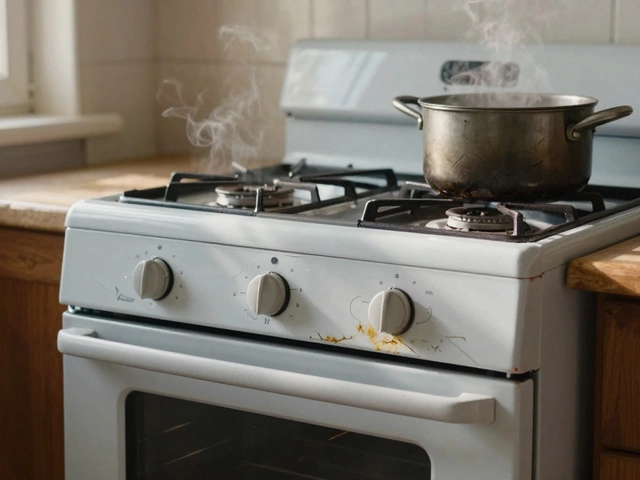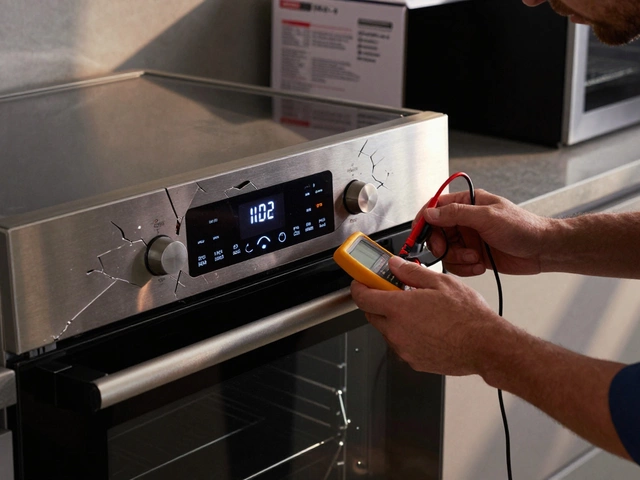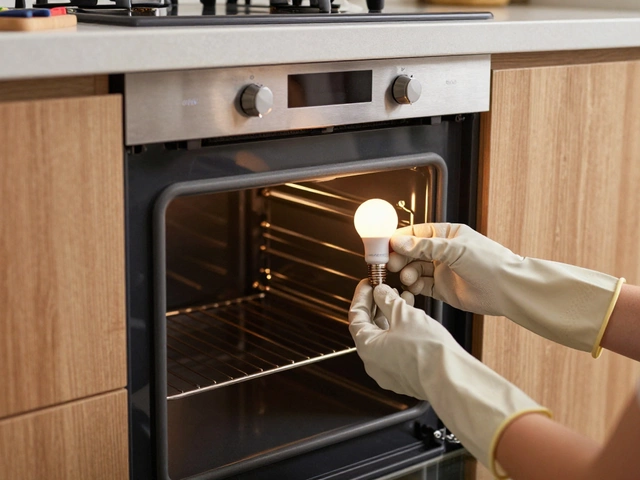How to Describe an Appliance – Simple Tips for a Faster Fix
When you call a repair service, the first thing the technician wants to know is exactly what’s wrong. A clear description saves time, cuts down on calls back, and often lowers the price because the pro can bring the right parts the first time. Below are the handful of details you should always include, no matter if it’s a fridge, oven, or washing machine.
Key Details to Mention Every Time
Make and model. Look on the name‑plate inside the door, on the back, or under the unit. Write it down exactly as it appears – letters, numbers, and any hyphens matter.
Serial number. This helps the tech verify warranty status and find the right manual. It’s usually next to the model number.
Age of the appliance. Even an estimate (e.g., “about 7 years old”) tells the repairperson whether a part is likely still under warranty or if a replacement might be smarter.
Symptoms you’ve noticed. Describe what you see, hear, or feel. Instead of saying “it’s broken,” say “the freezer hums but never gets cold” or “the oven won’t heat past 150°C.”
Any error codes or flashing lights. If the display shows a code, write it down. A quick Google search might even give you a clue, and the tech will definitely appreciate it.
Appliance‑Specific Examples
Refrigerator. Tell the tech if the interior is warm, if you hear a clicking noise, or if the compressor is running constantly. Mention if the ice maker is leaking or if there’s frost buildup on the back.
Oven. Note whether the heating elements glow, if the oven takes too long to pre‑heat, or if you get an error code like “F4.” Mention any odd smells or strange noises during baking.
Dishwasher. Report if dishes come out still wet, if there’s a buzzing sound, or if the door won’t latch. Include details about detergent dispenser problems or leaks at the base.
Washing machine. Say whether the drum is noisy, if the machine won’t spin, or if water leaks from the hose. Give the type of load (e.g., heavy towels) that triggers the issue.
Microwave. Mention if the food isn’t heating, if you hear sparks, or if the turntable stops moving. Any unusual smells are worth noting.
Providing these specifics up front lets Hinckley Home Appliance Repair Services send the right specialist with the correct parts. That means fewer visits, lower costs, and a quicker return to normal life.
One more tip: if you’ve tried any simple fixes (resetting the breaker, cleaning a filter, or checking the door seal), let the tech know what you did and what happened. It helps them skip steps you’ve already taken.
In short, a good appliance description is just a short list of make, model, age, symptoms, and any codes or noises you’ve heard. Keep it clear, be honest about what you’ve tried, and the repair will be smoother.
Ready to call? Have your notes handy, and the Hinckley team will have your kitchen or laundry back in shape fast.






